- Home
- Machining techniques
- CNC Machining Services
- Cooperative supply services
- Designs
- Materials
- Finishing Services
- Shop
- Products
- Guide
- About Us
- Contact Us
2022.7.27
Four kinds of standard threads, metric, foot, modulus and diameter control, can be turned on the CNC lathe. No matter which thread is turned, the lathe spindle and the CNC blade need to maintain a strict motion relationship with each other: that is, each revolution of the spindle, the CNC blade should move a lead spacing symmetrically. The following is based on the analysis of various types of threads to enhance the grasp of various types of threads and facilitate the stronger processing of various types of threads.
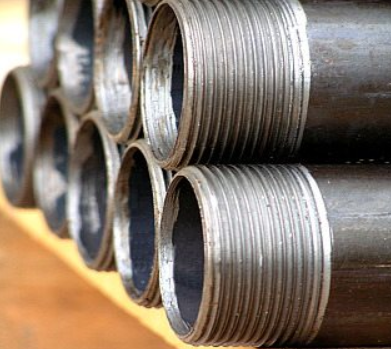
CNC lathe processing requires many specifications for ordinary thread. The calculation and analysis of the specifications required for ordinary thread processing mainly includes the following two levels:
1. Diameter of steel parts before thread machining
According to the shrinkage of thread processing profile, the diameter of workpiece before thread processing is D / D - 0.1p, that is, the major diameter of thread is reduced by 0.1 pitch, which is usually 0.1 to 0.5 smaller than the major diameter of thread according to the small deformation potential of material.
2. Thread machining feed
Increase the cutting amount of thread can refer to the bottom diameter of thread, that is, the last cutting position of thread cutter.
The minor diameter of the thread is: major diameter – 2 times the tooth height; Tooth height = 0.54p (P is pitch)
The cutting amount of thread processing should be continuously reduced, and the actual cutting amount should be selected according to the CNC blade and working material.
If the turning tool is installed too high or too low, when the cutting tool reaches a certain thickness, the back face of the milling tool butts against the steel part, increasing sliding friction, and even bending the workpiece, resulting in tool gnawing. If it is too low, it is difficult to discharge the cutting. The direction of the axial force of the turning tool is the center of the workpiece. In addition, the clearance between the transverse lead screw and the nut is too large, resulting in the continuous automatic deepening of the cutting thickness, and then the workpiece is extended to show the cutting. At this time, the height width ratio of the turning tool should be adjusted immediately to make its blade equidistant from the centerline of the workpiece. During boring and semi precision turning, the blade position is 1% d higher than the out center of the workpiece.
The clamping of the workpiece is not stable, and the rigidity of the workpiece itself cannot bear the cutting force during cutting, so that excessive deflection is formed, which changes the center height of the turning tool and the workpiece, resulting in a sudden increase in cutting thickness and a gnawing of the cutter. At this time, the workpiece should be clamped firmly, and the tailstock center can be applied to improve the rigidity of the workpiece.
General thread tool setting methods include trial cutting method tool setting and automatic tool setting with tool setting instrument. It can directly use CNC blade for trial cutting and tool setting. It can also use G50 to set workpiece zero point, and use workpiece shift to set workpiece zero point for tool setting. The tool setting standard for thread processing is not very high, especially the tool setting in the Z direction is not strictly limited, and it can be determined according to the programming processing standard.
In the current stage of CNC lathe machining, there are usually three machining methods for thread turning: G32 straight cutting method, G92 straight cutting method and G76 oblique cutting method. Because of the different turning methods and programming methods, the machining deviation is also different. We should carefully analyze the operation and application, and strive to process high-precision parts.
1. G32 straight forward turning mode, because both edges work together, the cutting speed is very high, and the cutting is difficult. Therefore, during turning, the two turning edges are easy to be damaged. When turning threads with large pitch, because of the large turning depth, the cutting edge is damaged rapidly, which leads to the deviation of the pitch diameter of the thread; However, the tooth shape precision of its processing is high, so it is usually used to process small pitch threads. Because the tool moves the chips by programming, the processing program is long; Considering that the cutting edge is easy to be worn out, it is necessary to ensure frequent measurement during processing.
2. G92 direct cutting mode optimizes the programming and improves the speed compared with G32 console command.
3. G76 oblique cutting method, taking into account the machining of one side edge, the machining edge is easy to be damaged and damaged, so that the machined thread surface is not straight, and the sharp knife angle changes greatly, resulting in poor tooth shape precision. However, because it works with one side blade, the load of CNC blade is small, chip removal is easy, and the turning thickness is decreasing. Therefore, this processing method is usually applicable to the processing of large pitch threads. Because this processing method is easy to remove chips and the working condition of cutting edge processing is good, this processing method is more convenient under the condition of low thread precision. When machining high-precision threads, two knife machining can be selected, i.e. rough turning with G76 machining method first, and then finish turning with G32 machining method. But pay attention to the starting point of the tool to be accurate, otherwise it is easy to buckle indiscriminately, resulting in parts scrapping.
4. After successful thread processing, you can also carefully observe the thread profile to determine the thread quality and take timely improvement measures. When the thread crown is not sharp, increasing the cutting amount of the cutter will expand the major diameter of the thread, which depends on the ductility of the material. When the crown has been sharpened, increasing the cutting amount of the cutter will reduce the major diameter in proportion. According to this feature, we should correctly treat the cutting amount of the thread and avoid scrapping.
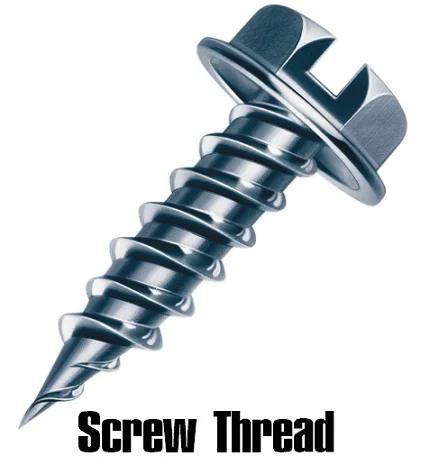 Thread Types, Terms, Designation, and How to Identify & Measure Threads | CNCLATHING
Thread Types, Terms, Designation, and How to Identify & Measure Threads | CNCLATHING
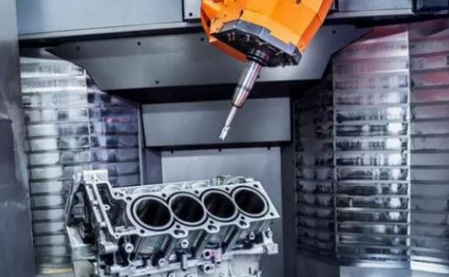 7 Common Tool Setting Methods For CNC Machining | CNC Tool Setting
7 Common Tool Setting Methods For CNC Machining | CNC Tool Setting
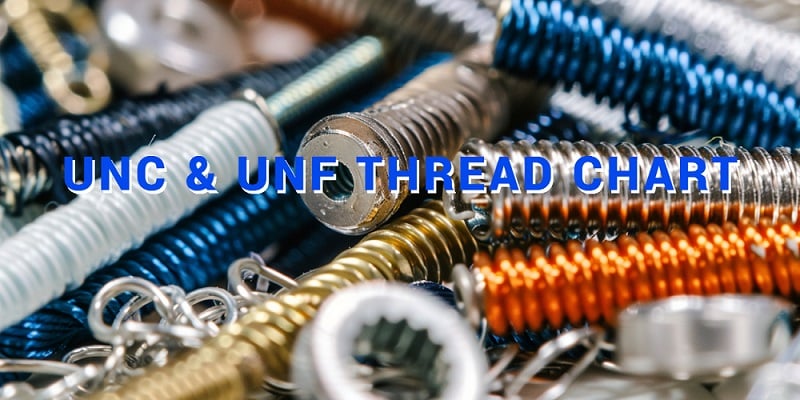 UNC and UNF Thread Chart PDF (Dimensions, Diameter, Size in MM/INCH)
UNC and UNF Thread Chart PDF (Dimensions, Diameter, Size in MM/INCH)
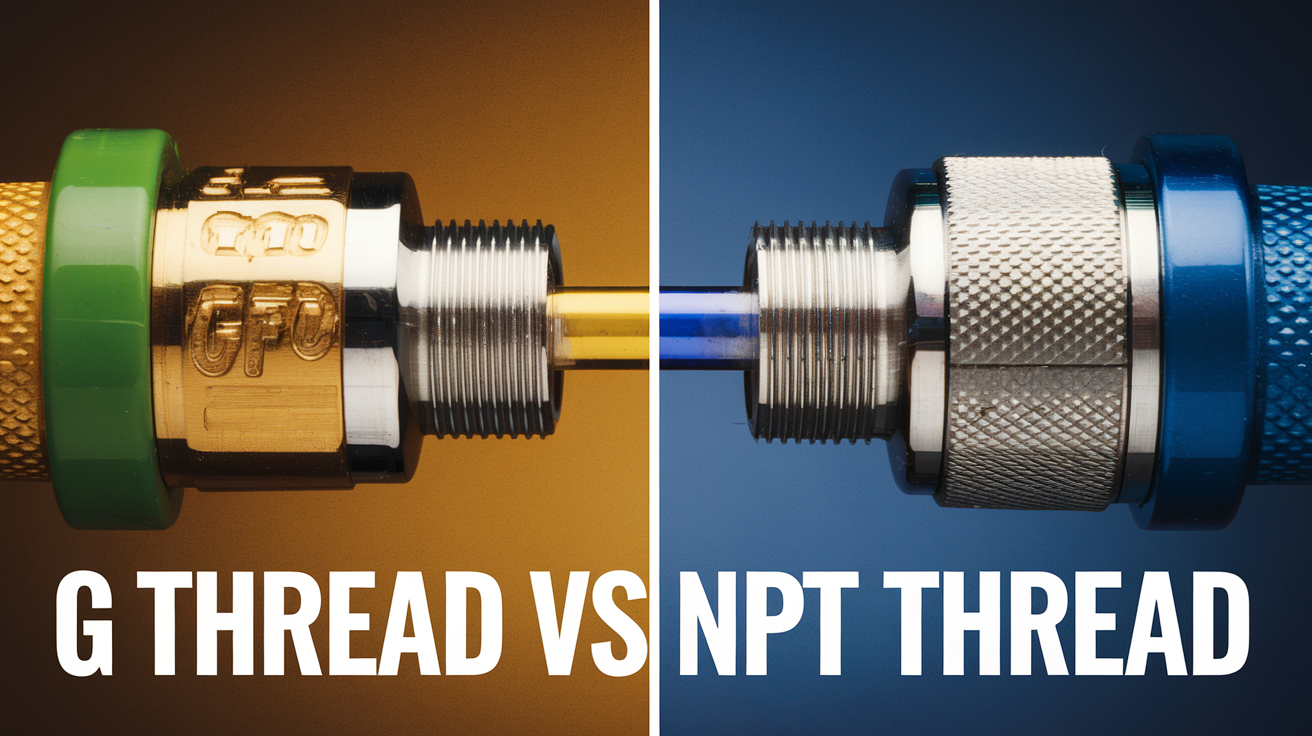 G Thread vs NPT: Differences in Dimensions, Uses, Standard Specs
G Thread vs NPT: Differences in Dimensions, Uses, Standard Specs
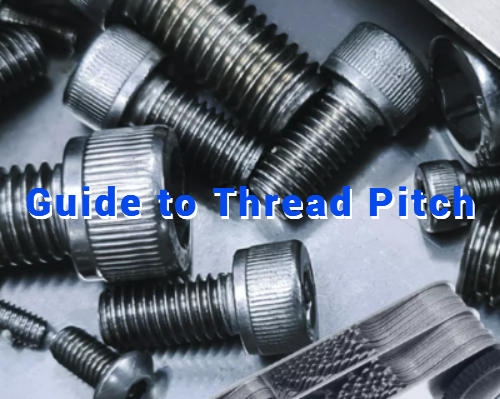 Guide to Thread Pitch: Definition, Measurement, Types and Thread Pitch (TPI) Chart
Guide to Thread Pitch: Definition, Measurement, Types and Thread Pitch (TPI) Chart
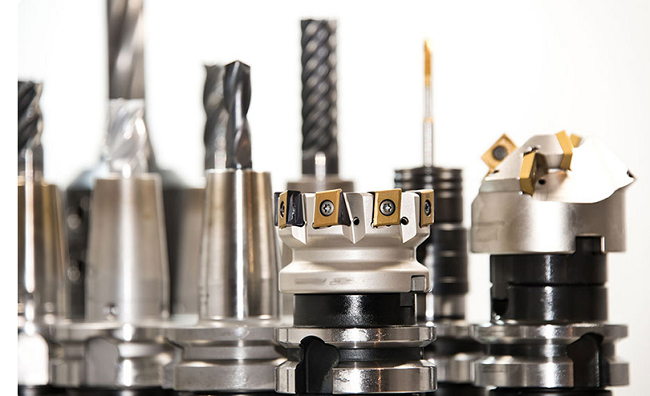 Top 12 CNC Machining & Programming Experiences | CNCLATHING
Top 12 CNC Machining & Programming Experiences | CNCLATHING
